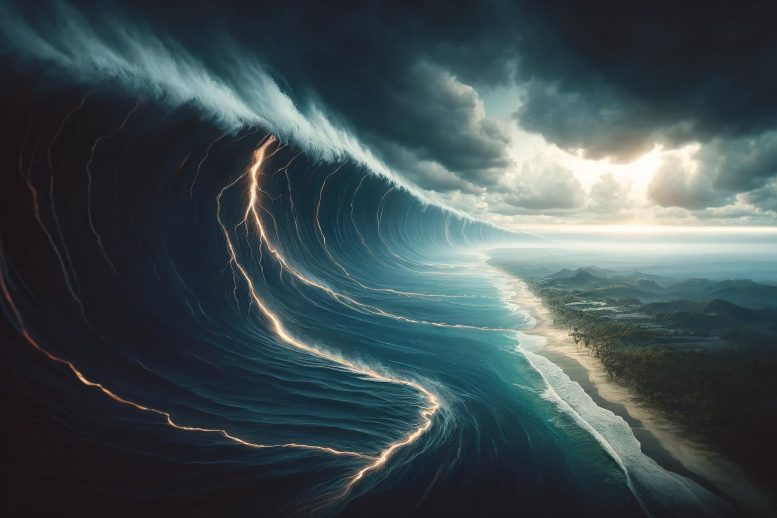
Recent research has revealed that splay faults, linked to subduction zones, can trigger rapid tsunamis and significant ecological changes by causing greater land uplift during earthquakes. These findings, based on geological records from Montague Island, emphasize the enhanced risks at various global subduction zones and the need for improved hazard awareness. Credit: SciTechDaily.com
A new study uncovered evidence that splay fault uplift in the Alaskan-Aleutian subduction zone generated additional tsunami activity in half of the last eight earthquakes.
New insight into the tectonic plate shifts that create some of the Earth’s largest earthquakes and tsunamis has been revealed through groundbreaking research.
“This is the first study to employ coastal geology to reconstruct the rupture history of the splay fault system,” said Jessica DePaolis, postdoctoral fellow in Virginia Tech’s Department of Geosciences. “These splay faults are closer to the coast, so these tsunamis will be faster to hit the coastline than a tsunami generated only from a subduction zone earthquake.”
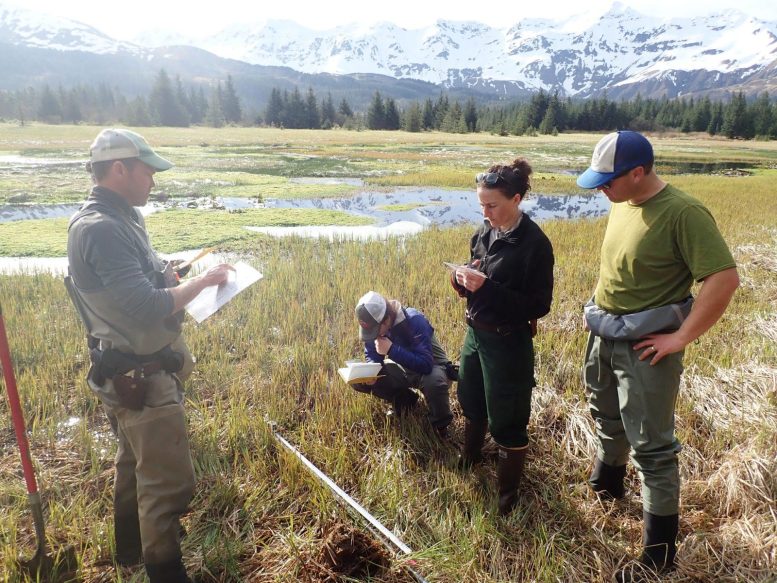
Jessica DePaolis (second from left) and the team of researchers studied and compared sedimentary core samples in Montague Island, Alaska, and found evidence that four of the past eight earthquakes there included a secondary slip from the splay fault attached to the subduction zone, which precipitated an additional tsunami. Credit: Peter Haeussler
Splay Faults and Their Impact
Subduction zones around the world, areas where one tectonic plate shifts under another, create the largest earthquakes – those over magnitude 8.0 – triggering tsunamis and altering ecosystems in their wake. DePaolis, along with Tina Dura, assistant professor of natural hazards, and colleagues from the United States Geological Survey (USGS), found evidence that splay faults, the crustal faults connected to the subduction zones, may shift during subduction zone earthquakes and contribute to local coastal destruction and ecological change more regularly than previously realized.
Such a shift of the splay fault underwater can create a tsunami that could reach the nearest shores in 30 minutes or less, DePaolis said.
Published today (May 20) in the Journal of Geophysical Research: Solid Earth, the study should affect hazard awareness at subduction zones around the world. Splay faults exist at subduction zones bordering Ecuador, Cascadia, Chile, and Japan, suggesting they may contribute to tsunami hazards at those locations as well.
Challenges in Researching Splay Faults
When tectonic plates shift at a subduction zone, it occurs miles under the ocean surface. Because splay faults are connected to these zones, their location makes researching them a challenge.
Fortunately, secondary, or surface level, effects of these shifts have been geologically recorded on Montague Island in Prince William Sound in Alaska, making it the only current land mass to sit atop a splay fault to exhibit such effects in its soil.
Typically, the resultant lifting of land from the tectonic plate shifting beneath it, called uplift, from subduction zone earthquakes can be as much as 1 to 3 meters (3 to 10 feet). This is true for most onshore locations impacted by the 1964 earthquake, which hit 9.2 on the Richter scale. However, on Montague Island, splay faults created 11 meters of uplift and initiated drainage of a coastal lagoon, effectively altering its ecosystem from a marine lagoon to a freshwater bog.
Unique Geological Insights From Montague Island
“The island is kind of stuck in the middle of these splay faults, so anytime these splay faults rupture, it’s actually recording the uplift,” DePaolis said. “It has this exaggerated uplift that’s just not common in subduction zone-only earthquakes.”
DePaolis and her team examined the effects of the splay fault ruptures on Montague Island. By analyzing 42 sediment cores, they found stratigraphic evidence of the 1964 earthquake and a secondary shift caused by the splay fault. They noticed there was a clear sedimentary change from pre-earthquake lagoon silt to post-earthquake rooted soil.
“There are definitely islands that uplift with subduction zone earthquakes, but they don’t necessarily have faults going through them causing that exaggerated uplift, so it’s a really unique place,” said Dura, an affiliated faculty member of the Global Change Center and the Fralin Life Sciences Institute.
Researchers have believed that a secondary shift from the splay faults was possible. But that idea has been only theoretical until now because this is the first known land mass to record the stratigraphic evidence.
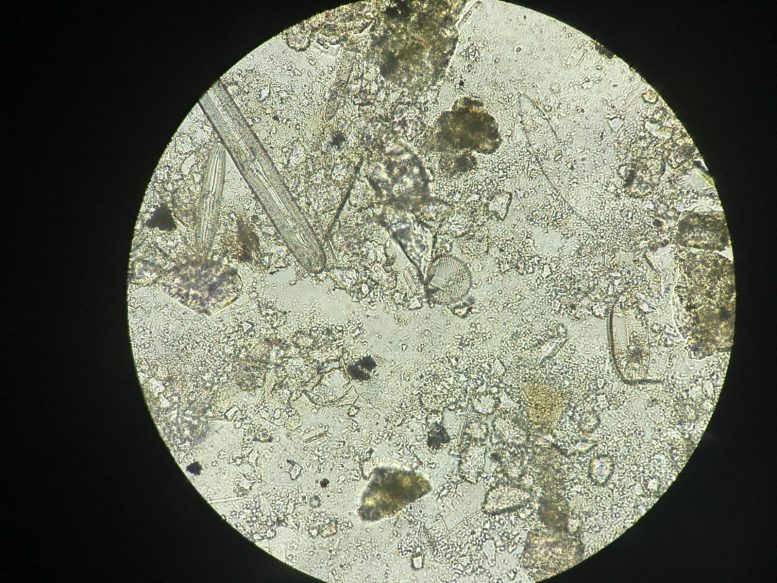
Magnified through a microscope, diatoms, which are a type of siliceous microalgae preserved within sediment, helped the researchers determine the salinity levels of the core samples. Credit: Jessica DePaolis
Advanced Methods and Conclusions
Team members also utilized diatoms, a type of siliceous microalgae preserved within the sediments that is sensitive to changes in salinity, to reconstruct the paleoenvironmental changes that occurred following the 1964 earthquake. They found a clear shift from a highly saline marine lagoon environment out of the reach of tides, indicating uplift of the coast.
Comparing the findings of the 1964 earthquake core samples to samples deeper in the coastal stratigraphy, the research team discovered sedimentary and diatom evidence of three other instances where the splay fault ruptured. This evidence correlated with four of the last eight documented subduction zone earthquakes in the region.
“There’s a huge amount of displacement on these faults that can create those really quick, local, large tsunamis,” DePaolis said. “So you have that local tsunami coming in really quickly and right behind that, you’re going to have the tsunami that was created by the subduction zone itself. All of a sudden you’re having these massive and destructive tsunamis kind of coming in rapidly one after another.”
Reference: “Repeated Coseismic Uplift of Coastal Lagoons Above the Patton Bay Splay Fault System, Montague Island, Alaska, USA” by Jessica M. DePaolis, Tina Dura, Robert C. Witter, Peter J. Haeussler, Adrian Bender, Janet H. Curran and D. Reide Corbett, 20 May 2024, Journal of Geophysical Research: Solid Earth.
DOI: 10.1029/2023JB028552


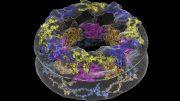




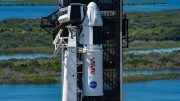
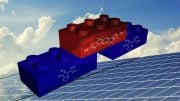
Be the first to comment on "Unraveling the Hidden Role of Splay Faults in Cataclysmic Tsunamis"